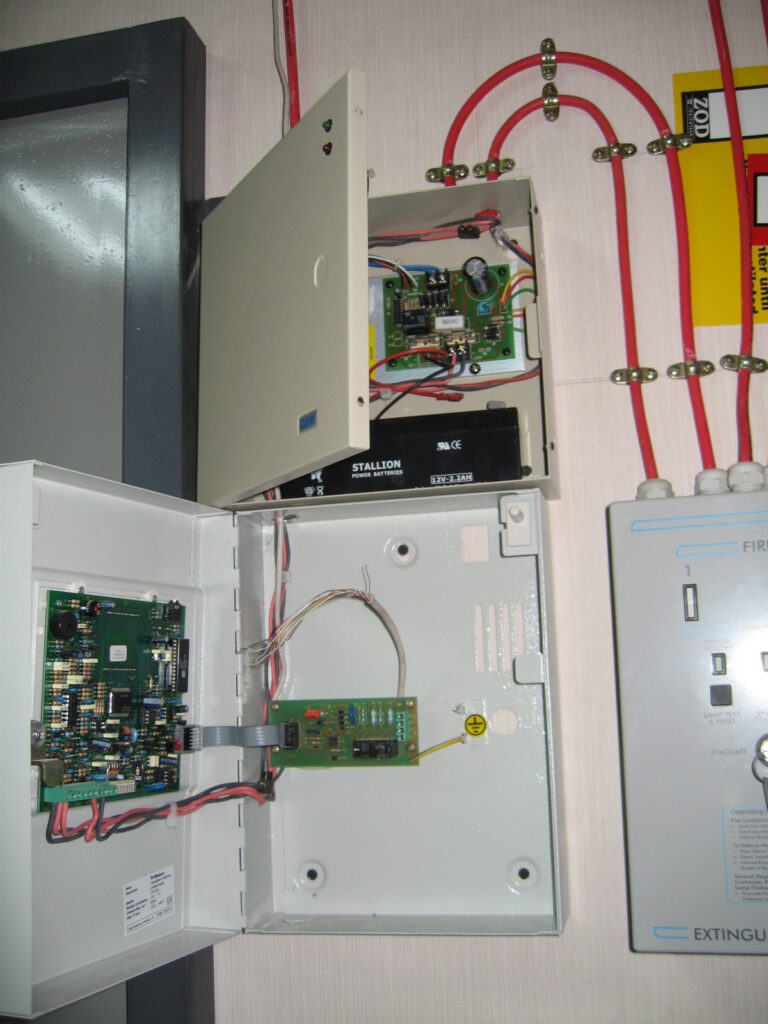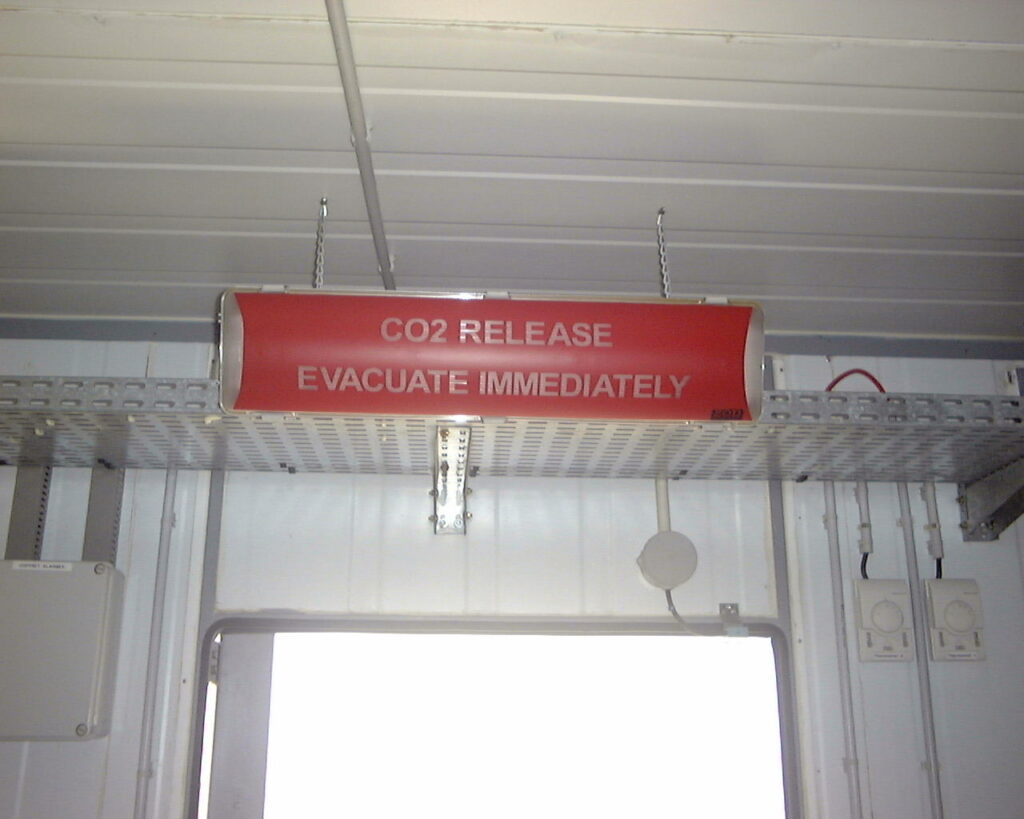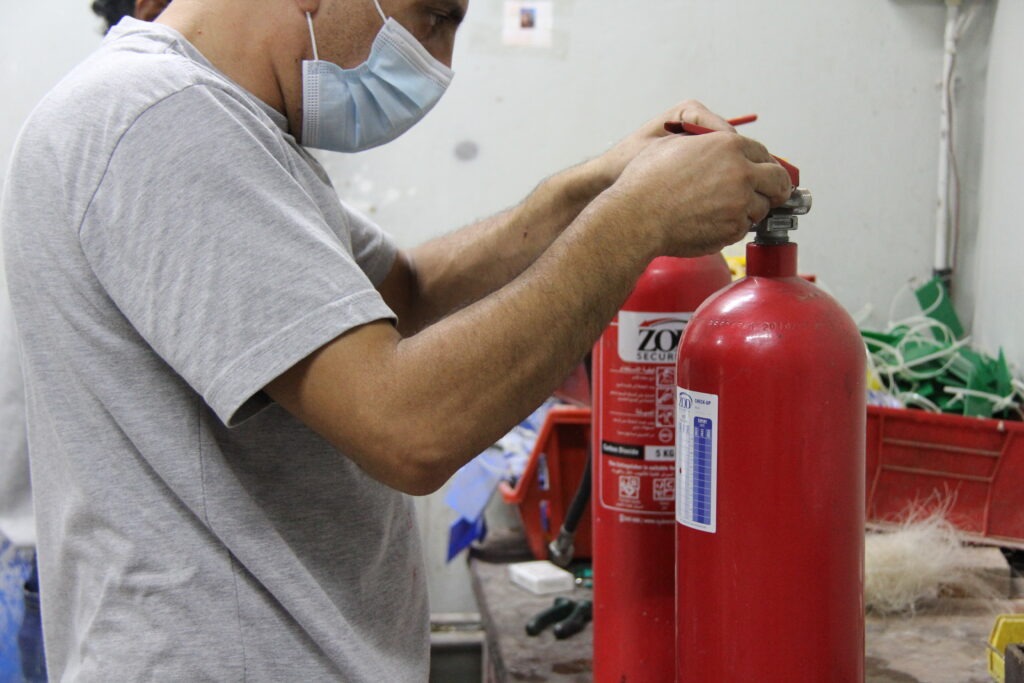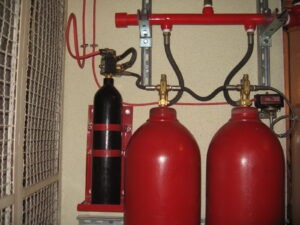In the realm of corporate safety, fire protection plays a paramount role in safeguarding lives, assets, and the reputation of businesses. However, when it comes to selecting firefighting systems or equipment, corporations often fall into common pitfalls that can compromise their fire protection efforts. Failing to make informed decisions can result in ineffective fire protection, increased risks, and potential liabilities.
In this article, we delve into seven crucial mistakes corporations make when choosing firefighting systems or equipment, providing insights on how to avoid them and enhance fire protection measures.
Table of Content:
Introduction: Importance of fire protection
Mistake #1: Lack of adequate risk assessment
Mistake #2: Failure to comply with fire protection codes and standrads
Mistake #3: Ignoring Maintenance and Inspection Requirements
Mistake #4: Failure to Consider Scalability and Expansion
Mistake #5: Overlooking Training and Education
Mistake #6: Focusing Solely on Price
Mistake #7: Failure to Seek Expert Advice
Conclusion: Prioritizing fire protection
1. Lack of Adequate Risk Assessment: The Importance of Identifying Fire Hazards
Neglecting a comprehensive fire protection risk assessment is a significant mistake in ensuring effective fire protection. Without understanding specific fire risks and hazards, corporations may invest in inadequate firefighting systems. Therefore, conducting a thorough assessment is essential to identify likely fire types, optimal suppression methods, and required equipment for an effective fire response. Additionally, it helps identify potential hazards and implement preventive measures to mitigate fire incidents. Ultimately, proactive fire protection measures are crucial for preventing fires and ensuring overall fire safety.
2. Failure to Comply with Fire Protection Codes and Standards
Many corporations overlook or underestimate the importance of adhering to fire safety codes and standards. This can lead to non-compliant systems and equipment that fail to meet regulatory requirements. To ensure optimal fire protection, corporations should consult with fire protection experts who can guide them in complying with industry-specific regulations. Additionally, non-compliant systems and fire safety strategies may result in insurance claim rejections and significant financial losses. Therefore, prioritizing adherence to fire safety codes and standards is essential for legal compliance and protecting against potential financial risks.
3. Ignoring Maintenance and Inspection Requirements
Ensuring optimal performance of firefighting systems and equipment requires regular maintenance and inspections. However, some corporations underestimate the significance of these aspects, leading to equipment failure, reduced efficiency, and compromised fire safety. To avoid such issues, it is vital to establish a robust schedule for maintenance and inspections. Investing in routine servicing and training is essential to keep firefighting systems in peak condition. Additionally, recommissioning installed systems through quarterly inspections by professional technical teams ensures proper functioning and readiness. By prioritizing maintenance, inspections, and recommissioning, corporations can uphold the reliability and effectiveness of their firefighting systems.
4. Failure to Consider Scalability and Expansion
Corporations often overlook future scalability and expansion when choosing firefighting systems and equipment. As businesses grow or change, their fire protection needs may change too. However, not selecting flexible systems that can accommodate growth and modifications can lead to long-term expenses. To avoid this, it is wise to choose firefighting solutions that can be easily adapted or upgraded as needs change. By doing so, corporations can ensure that their fire protection measures can grow and evolve alongside their business, saving costs on replacements or major system overhauls.
5. Overlooking Training and Education: Empowering Employees for Effective Fire Response
Acquiring state-of-the-art firefighting systems is not enough; providing proper training and education to employees is equally crucial. Unfortunately, many corporations overlook comprehensive training on equipment operation, maintenance, and proper use for their staff. Consequently, this can lead to equipment misuse during emergencies, compromising effectiveness and risking lives. To address this issue, investing in training programs is essential. By doing so, corporations can ensure employees are well-prepared to respond effectively to fire incidents, maximizing the equipment’s potential and ensuring optimal safety.
6. Focusing Solely on Price: Striking the Balance Between Affordability and Quality
While cost considerations are important, relying solely on price when selecting firefighting systems or equipment can lead to poor decision-making. Choosing the cheapest option based on price alone may result in inferior quality, inadequate coverage, or unreliable equipment, compromising fire protection effectiveness. Hence, to ensure reliable and efficient fire protection, it is crucial to strike a balance between affordability and quality. Consider long-term costs and evaluate the overall value provided by the chosen firefighting solutions. By prioritizing quality and effectiveness over initial cost, corporations can establish robust fire safety measures that offer optimal safety and peace of mind.
7. Failure to Seek Expert Advice
A common mistake in fire protection is neglecting expert advice during the selection process. Fire safety is a specialized field, and it is crucial for corporations to consult with qualified professionals who possess the necessary knowledge and experience. Therefore, by seeking expert advice, corporations can tap into valuable insights, navigate complex regulations, and make informed decisions. This ensures effectiveness, reliability, and compliance of their fire protection measures. Incorporating expert advice into the decision-making process is vital for creating a robust fire protection strategy.
Choosing the right firefighting systems and equipment is a critical responsibility for corporations in fire protection. By avoiding common mistakes and taking a diligent approach, corporations can ensure effective fire protection measures. Prioritizing comprehensive fire risk assessments, adhering to safety codes and standards, and maintaining equipment enhance fire protection capabilities. Furthermore, considering scalability, providing employee training, seeking expert advice, and balancing cost and quality are vital in establishing robust fire safety protocols. These proactive measures demonstrate a commitment to fire safety, mitigate risks, and improve overall premises and personnel safety. Prioritizing fire protection minimizes hazards, protects lives, and safeguards valuable assets.









0 Comments